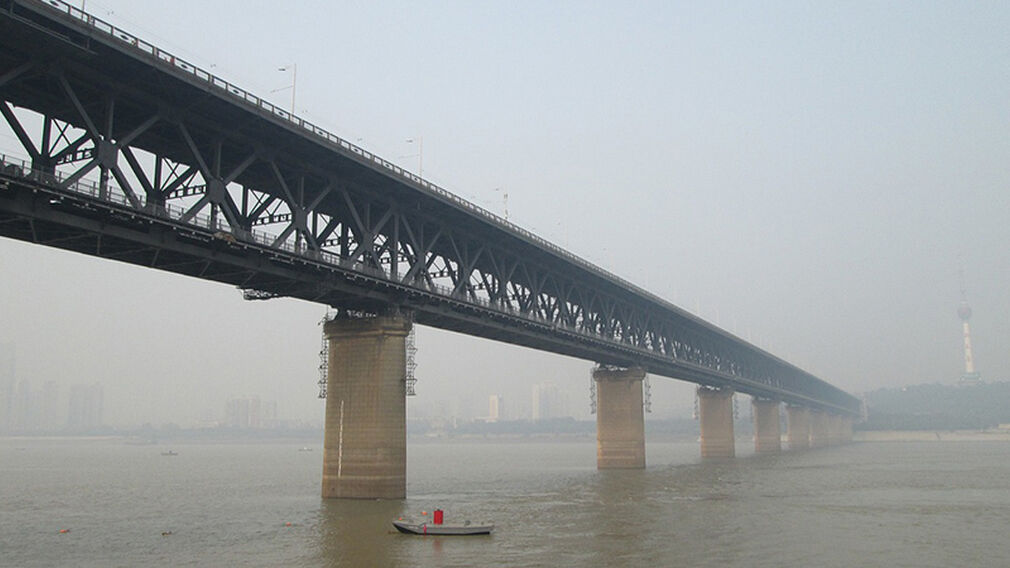
Water levels on China’s Yangtze River have hit their lowest level on record, AgriCensus reported the country’s National Meteorological Observatory as saying.
At the time of the 15 August report, further heatwaves were forecast in the regions the river – one of the world’s longest and which passes through some of China’s most productive agricultural regions – cuts through.
The lack of rain continued to threaten crop development during the key harvest period, the report said.
Temperatures in areas across four or more provincial-level regions along the Yangzte River had reached 400C for two days at the time of the weather centre’s 15 August report, triggering this year’s first national temperature red alert.
High temperatures had lingered in many parts of southern China since June, Chen Lijuan, chief forecaster at the National Climate Centre, was quoted as saying and this year was set to become “the hottest year since 1961”.
The water level of the Yangtze and lakes in its flood basin was 4.7m-5.7m lower than the average level of the year due to high temperatures and low rainfall, the Ministry of Water Resources (MWR) said.
The prolonged drought threatened the autumn harvest in China, as the Yangtze river basin was one of the major grain-producing regions in China, contributing nearly half of the country’s crop output, AgriCensus wrote.
The total planted area affected by the drought in Anhui, Jiangxi, Hubei, Hunan, Chongqing and Sichuan provinces reached 644,667ha, according to a drought report published by the MWR on 11 August.
As of 11 August, a total of 21,987ha was affected by drought in Hefei, the capital city of Anhui province near Shanghai, including 21,520ha in light drought and 467ha in severe drought, the Anhui Daily report said.
In Jiangxi province, a total of 123,000ha was affected by drought, with 8,900ha facing total crop failure between 15 July and 12 August, the state media People.cn said.
In response to the drought threat, China had issued a level VI emergency response for prevention in the six most severely affected provinces and was preparing to reserve water in 51 major reservoirs, including the Three Gorges, the report said.


